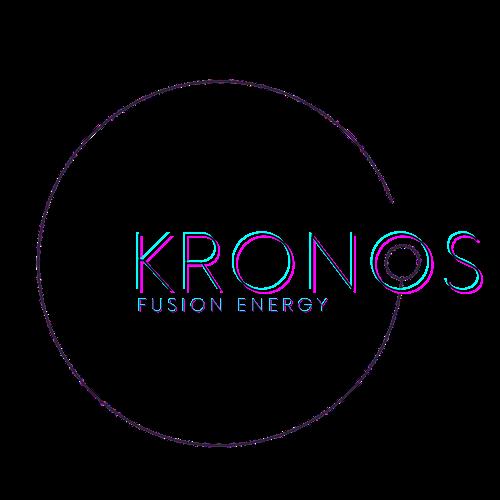How Fusion Energy Algorithms and Machine Learning Simulations Are Key to the White House's Goals for Commercializing Fusion Energy
WASHINGTON, March16, 2022(GLOBE NEWSWIRE) -- The American government is beginning to focus on fusion in early 2022, recognizing the potential of this clean, extremely abundant energy source. With China currently in the lead with this science, keeping the American economic and strategic edge throughout the twenty-first century depends strongly on catching up to and surpassing this major rival's capabilities. The algorithms and machine learning solutions developed by Kronos Fusion Energy Defense Systems match up to the fusion energy goals to be laid out in the White House's March 17 summit. Kronos' technology offers an effective way of bringing the administration's plans swiftly and efficiently into reality.
Kronos' neural networks and sophisticated simulations operate on quantum computers. This combination enables analysis of data in multiple dimensions at immense speed, rather than following just a single thread of data at a time. The network can, therefore, learn from its mistakes, increasing its predictive accuracy on the fly. This enables turning wide-ranging research data into innovative design solutions meeting the White House and Department of Energy's objectives in a practical tokamak, or reactor, design.
Besides designing the next generation of tokamaks, Kronos says its algorithms can reduce, and eventually eliminate, the instability that has prevented the construction of successful large fusion reactors up to the current day. Its machine learning can predict plasma disruptions and instability, then engage safety measures, such as temporarily cooling the plasma, preventing damage to the tokamak's machinery. The Kronos simulation system can achieve almost 95% accuracy in disruption prediction within 30 milliseconds and may achieve 99% this year. These predictive levels greatly reduce the risk of the reactor damaging itself through runaway plasma processes.
Affordability is another advantage Kronos' simulations bring to any near-future U.S. tokamak reactor development program. In the midst of inflation and other significant economic upheavals generated by the Ukraine conflict, petroleum disruptions, and supply chain issues, among other causes, controlling costs is likely to be an important consideration. Reducing fusion development expense will help make a rapid timetable more viable, enabling bringing fusion energy's benefits to the U.S. faster.
Kronos' simulations are well suited not only to allow the USA to leap ahead of the current fusion baseline, but to build a superior tokamak at a lesser cost. The initial reactor is projected to be 17% to 20% cheaper than competing systems. The building and operation of this reactor will give Kronos' quantum computers a wealth of new data to input into the simulations, cutting costs by an extra 10% for subsequent tokamaks constructed after the first.

Given the Department of Energy's urgent call to develop America's fusion capabilities for the future, Kronos is in the right place at the right time to jumpstart the program with its algorithms and simulation systems. The company's Fusion Energy Commercialization Center will provide a central hub where powerful quantum computing at the heart of the project can be put to use.
For further information:
Kronos Fusion Energy1122 Colorado StAustin, TX 78701https://www.kronosfusionenergy.com/PR Contact - Erin Pendleton - pr@kronosfusionenergy.com
Related Images
Image 1
This content was issued through the press release distribution service at Newswire.com.
Attachment








